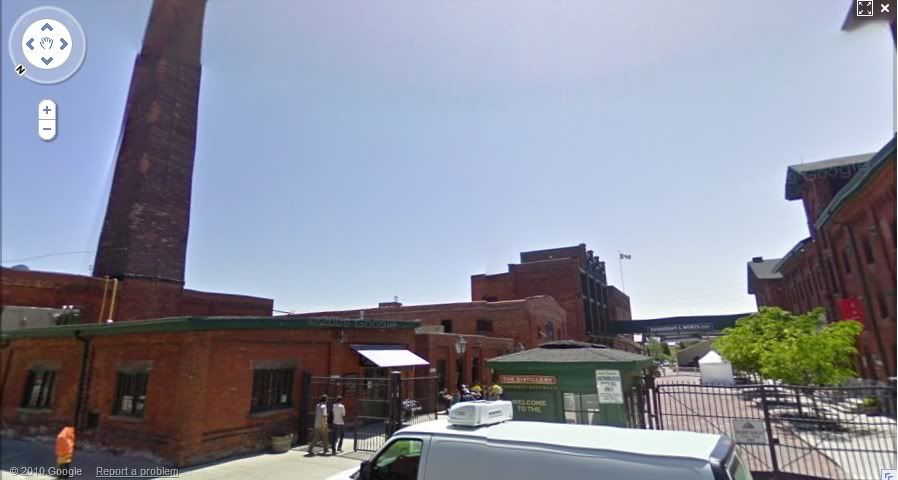It's the largest collection of Victorian industrial architecture on the continent. The built form itself is unique and has historical value. Why can't developments in and around the district defer to the existing built form rather than overwhelm it?
I think we're just going in circles at this point. Syn, you are missing my point. I am providing positive reasons why this development makes sense here. You are saying it shouldn't be here, but not saying why it shouldn't be here, except by saying, "why can't it be mid rise"? Which is fine, but that just sounds like your preference. If this is just a discussion of preference, then we are free to disagree on what constitutes beauty, and we should probably stop the back-and-forth. But if you are saying a "historic district has been ruined", you have to provide proof of this assertion rather than writing off the arguments of other people as ill-mannered brutes who don't understand or appreciate heritage.
Apparently modernism is, at any cost.
The unfortunate thing about this is that we are all modern, whether we like to admit or not. We can't escape our time period. Building a mid-rise that defers to the historic nature of the District is as modern a thought as building a point tower. Zoning laws and deferring to heritage is a relatively recent idea. The Victorians, for instance, might have thought a slaughterhouse was an appropriate neighbour for the Distillery District.
It's a good idea to put some of these ideas in historical perspective. In a hundred years time will people on urbantoronto be discussing the heritage of a currently "bland" Markham industrial park? Would the Rack House's destruction have generated much hubbub if it had been a windowless box made of concrete put up in 1960? In a hundred years time, will non-specialists even notice much difference between the point towers and the rest of the DD, labelling them all as "old"? (Much as most non-specialists couldn't tell you that one hundred years seperates the Grange and 299 Queen Street West.)
Modernism, in the sense you are describing, is about admitting your contemporary nature and using it to your advantage to create buildings that take on the past as equals, so that the whole area's level of design is outstanding. So yes, because modernism has to work from an awareness of being embedded in time, it is more trustworthy than a blanket worshipping of the past.
And no, modernism does not demand point towers and it can work mid-rise, but it does not exclude point towers either. Particulary when there have been no positive, practical reasons provided why the point towers are currently damaging the district.

